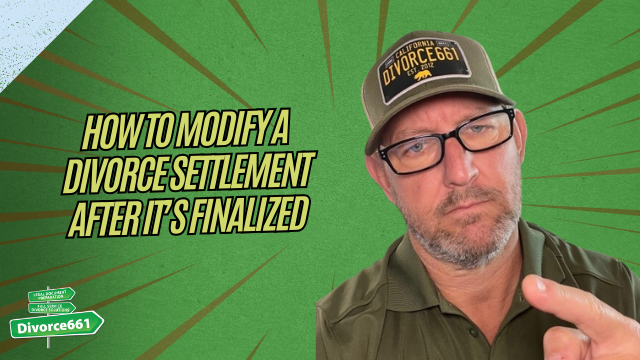How to Negotiate a Favorable Divorce Settlement: A Practical Guide
Divorce isn’t a battle between winning and losing; it’s about achieving a fair resolution that works for both parties. Contrary to popular belief, you don’t need to step into a courtroom to secure a favorable divorce settlement. In this guide, we’ll explore how understanding your rights can lead to a peaceful resolution and how effective negotiation can help you reach an amicable agreement.
Understanding Your Rights in California
Before diving into negotiations, it’s crucial to understand your rights under California law. This knowledge will empower you to identify your priorities and recognize areas where compromise may be possible.
- Property and Debt: In California, property acquired during the marriage is generally considered community property, meaning both spouses have equal rights to it. Understanding how property and debt are divided can help you formulate a strategy.
- Support Obligations: Familiarize yourself with spousal support and child support laws. Knowing what you are entitled to and what you may be required to pay can inform your negotiation strategy.
- Parenting Rights: If children are involved, understanding custody laws is essential. Knowing your rights regarding custody and visitation can help you negotiate more effectively.
Clarity about your obligations and entitlements will set realistic expectations as you navigate the divorce process. By focusing on what truly matters, you can smooth out the path ahead.
The Art of Negotiation
Negotiation is more art than science. It involves compromise, understanding, and a willingness to see things from both sides. Here’s how to approach it:
Real-Life Example: A Swift Resolution
We once assisted a client who feared a lengthy battle over spousal support. By walking both parties through the calculations involved in support, they quickly reached an agreement without even stepping into a courtroom. This illustrates how understanding the numbers can lead to swift resolutions.
Negotiation doesn’t have to be adversarial. When both sides aim for fairness, it can be a collaborative process. Here are some tips to keep in mind:
- Be Prepared: Know the facts and figures regarding your finances, property, and obligations. Come to the table equipped with information.
- Stay Calm: Emotions can run high during negotiations. Keep a level head and focus on the end goal.
- Be Open to Compromise: Understand that both parties may need to give a little to reach a fair agreement.
- Keep Communication Open: Clear communication can prevent misunderstandings and foster a more amicable negotiation environment.
How Divorce661 Can Assist You
At Divorce661, we specialize in drafting professional, court-ready agreements that ensure fairness and legal accuracy. Our guidance can help you navigate the negotiation process smoothly, even if it requires some back and forth.
- Professional Drafting: We create clear and comprehensive settlement agreements that both parties can understand and accept.
- Focus on Resolution: Our goal is to keep you out of court and focused on achieving a resolution that works for both parties.
- Flat-Fee Services: We offer flat-fee, full-service divorce help with legal accuracy built in, making the process predictable and stress-free.
Ready to Negotiate Smartly?
If you’re ready to start negotiating your divorce the smart way, consider scheduling a free consultation with Divorce661. We can help you reach a fair, enforceable agreement without the drama that often accompanies divorce proceedings.
Your Questions Matter
We understand that you may have uncertainties about various aspects of your divorce settlement. What part of your divorce settlement are you most unsure about? Leave a comment below, and let’s discuss!
Conclusion
Negotiating a favorable divorce settlement doesn’t have to involve courtroom chaos. By understanding your rights, focusing on fairness, and being willing to compromise, you can achieve a resolution that works for both parties. Let Divorce661 assist you in this process, ensuring that your interests are protected while you move forward toward a new chapter in your life.
Visit Divorce661 for more information or to schedule your free consultation today!








